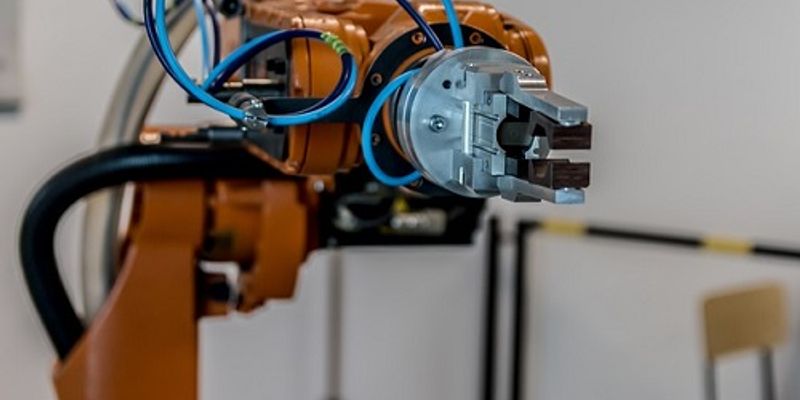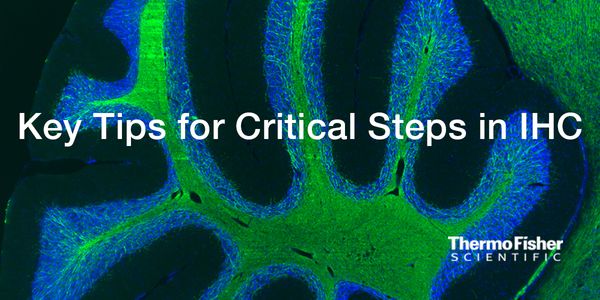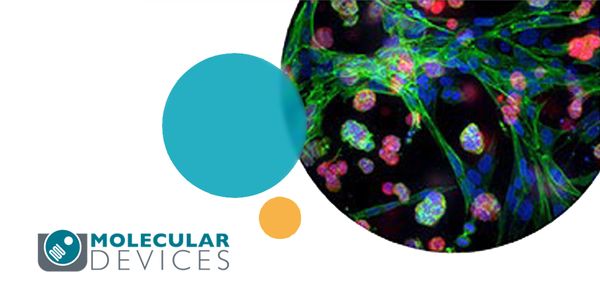Biomedical Engineering
Biomedical Engineering: the application of engineering principles and design concepts to medicine and biology for healthcare purposes (e.g. diagnostic or therapeutic). This field seeks to close the gap between engineering and medicine, combining the design and problem solving skills of engineering with medical biological sciences to advance health care treatment, including diagnosis, monitoring, and therapy. Biomedical engineering has only recently emerged as its own study, as compared to many other engineering fields. Such an evolution is common as a new field transitions from being an interdisciplinary specialization among already-established fields, to being considered a field in itself. Much of the work in biomedical engineering consists of research and development, spanning a broad array of subfields.
-
JUN 20, 2018 | 7:30 AMPrecision medicine based on molecular profiling is moving from the realm of clinical utility studies towards standard of care. There remain, however, significant technological and implementat...JUN 01, 2018 | 12:00 AMThermo Fisher Scientific has developed an advanced assay to qualify FBS for use with ESCs. This assay is designed to sustain undifferentiated ES cells while maintaining karyotype integr...MAY 31, 2018 | 1:30 PMThe miniaturized total chemical analysis system has been successfully repurposed over the past twenty years or so for engineering cellular microenvironments which more faithfully mimic in viv...MAY 31, 2018 | 12:00 PMI will discuss three novel technologies that our laboratory has developed in recent years. In the first part of the talk, I will describe our work on engineering variants of the RNA-guided en...MAY 31, 2018 | 10:30 AMThe next step towards more biomimetic in vitro models is the design of multi-organ devices, which allow for communication of different tissue types. Combining physiologically relevant organ m...MAY 31, 2018 | 9:00 AMCell-based assays are more biologically relevant than biochemical assays yet significantly more scalable than in vivo experiments. However, care must be taken in sample preparation to e...Speaker: Sarah Burroughs, PhD , Kenda Evans, PhDMAY 31, 2018 | 7:30 AMOver the years high throughput screening has evolved from monolithic static systems to modular more dynamic platforms. At NCATS the approach taken has been to optimize our existing lega...MAY 31, 2018 | 6:00 AMThis talk will reflect on what we can expect from the lab of the future and explore avenues towards such a digital lab. A major component of a digital lab is integration of instruments, syste...MAY 30, 2018 | 1:30 PMSynthetic biology is a new set of tools and techniques for engineering biology. Its earliest applications were in biotech-related fields like medicine and agriculture, but today it’s be...MAY 30, 2018 | 12:00 PMAstraZeneca has an ambition to create a porous organisation, seamlessly collaborating with external partners. This desire has led to the establishment of the AstraZeneca-MRC UK Centre for Lea...MAY 30, 2018 | 10:30 AMNSD2 catalyzes the mono- and di-methylation of the e-amine of lysine 36 from histone H3, utilizing the methyl donor S-adenosyl-L-methionine. Increased catalytic activity of NSD2, either by ov...MAY 30, 2018 | 9:00 AMIn this webinar Automation Meets Cell Separation as we will discuss the benefits of automating cell isolation processes in laboratories of variable size and sample throughput, and go into det...Speaker: Lotta RatyMAY 30, 2018 | 7:30 AMGrowing living human cells in vitro for basic research, drug discovery and reparative/regenerative medicine is challenged by the difficulty in developing methods for reproducibly and cost eff...MAY 30, 2018 | 6:00 AMThe pharmaceutical industry’s productivity crisis is well known with >90% of drug candidates failing in clinical testing, primarily due to unexpected toxicity or lack of efficacy. &n...MAY 22, 2018 | 8:00 AMDATE: May 22, 2018TIME: 08:00AM PDT The nuclear receptors pregnane X receptor (PXR) and constitutive androstane receptor (CAR) are closely related transcription factors that...MAY 02, 2018 | 8:00 AMImmunohistochemistry protocols, which utilize antibodies to visualize proteins in tissue sections, have many steps that need optimized to prevent non-specific background effects, artifacts, o...APR 17, 2018 | 8:00 AMDATE: April 17, 2018TIME: 8:00AM PST, 11:00AM ESTRecently, much research has focused on obtaining 3D brain organoids in an attempt to better recapitulate brain development and function...Speaker: Cassiano Carromeu, PhD , Grischa Chandy, PhD , Oksana Sirenko, PhDSponsored By: Molecular DevicesAPR 12, 2018 | 1:30 PMTarget enrichment offers several advantages over more comprehensive genomic profiling for a variety of scientific applications. The ability to selectively isolate specific genomic regions ena...FEB 22, 2018 | 12:00 PMThere is an acute shortage of organs due to disease, trauma, congenital defects, and most importantly, age related maladies. The synthetic materials used in tissue engineering applications to...FEB 21, 2018 | 10:30 AMThe distinction between "complementary" and "companion" diagnostics tests confuse many physicians and healthcare professionals. Panelists Professor Thomas Webster (Northea...Speaker: Annette Gilchrist, PhD , Martin Shaw , Thomas Webster, PhDPresented at: Drug Discovery Virtual Event Series 2018
FEB 08, 2018 | 1:30 PMPreclinical translational imaging, and specifically molecular imaging methods such as positron emission tomography (PET) or single photon emission computed tomography (SPECT) as well as magne...Speaker: Paul Makidon, DVM, PhD, DACLAMPresented at: Laboratory Animal Sciences Virtual Event Series 2018
NOV 16, 2017 | 10:00 AMDATE: November 16, 2017TIME: 10:00am PST, 1:00pm EST, Neuronal networks play a fundamental role in the brain, with many diseases linked to disruptions in network activity. Cell-ba...NOV 09, 2017 | 12:00 PMA panel of experts will discuss recent advances and current challenges for the successful development and application of human tissue for drug screening, tissue replacement and eventually org...Speaker: Nina Tandon , Benjamin ShepherdPresented at: 5th annual 24 Hours of Stem Cells™ virtual event
NOV 09, 2017 | 6:00 AMDr. Tony Hu’s research focuses on developing and validating integrated nanotechnique-based strategies for marker discovery and molecular diagnostics in peripheral blood samples to provi...
























